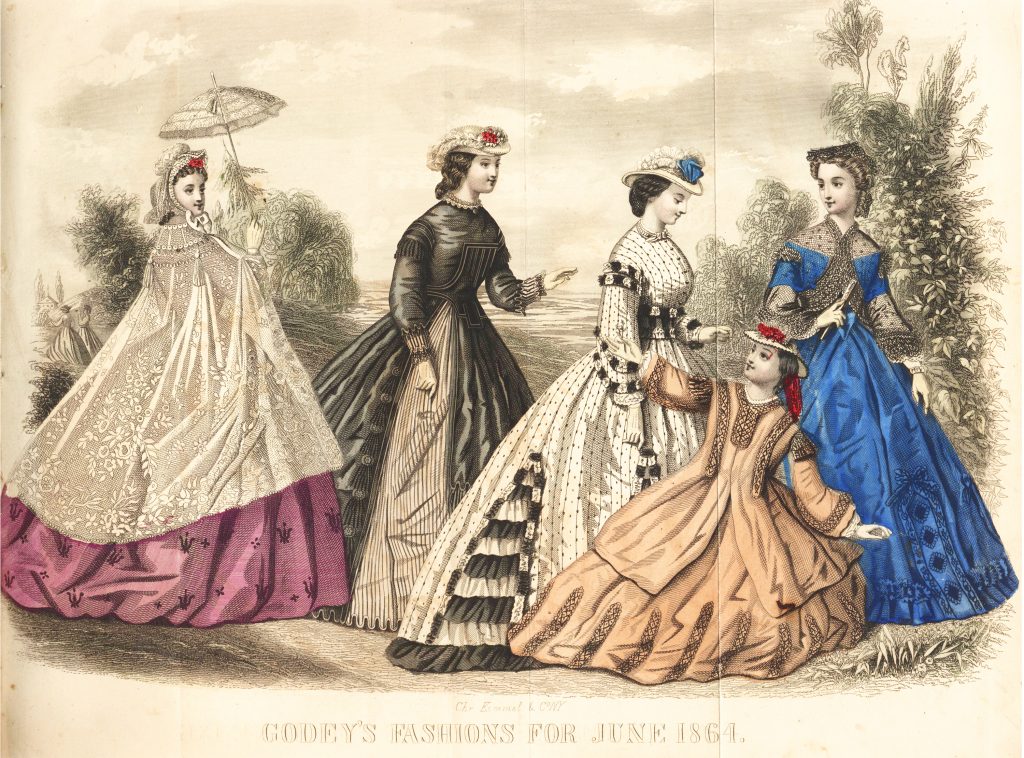Sepia Saturday 495: Fourth and last in a series on why my third great-grandmother Hannah (Hance) Blakeslee may have left her marriage in 1858.
In court records of my third great-grandparents’ 1866 divorce proceedings, no direct evidence was submitted by my third great-grandmother Hannah (Hance) Blakeslee to explain why she left her marriage — never to return.
According to my third great-grandfather Zebulon Blakeslee’s divorce petition, Hannah left him on 1 Nov. 1858 — just two-and-a-half weeks before their 30th wedding anniversary on 19 Nov. 1858.
Hannah’s bold action was unusual for women in the mid-nineteenth century, when only 0.3 in 1000 U.S. marriages ended in divorce. So the most intriguing question in this series is: Why did Hannah leave Zebulon?

Having examined the court papers, reviewed a timeline of Hannah’s early and later married life, and chronicled what I know of her post-divorce years, I have formed a theory of why she left Zebulon.
And I believe Hannah’s departure had a great deal to do with her close relationship with her daughters — Rhoda Ann and Mary Elizabeth — and her developing relationship with her young grandchildren.
Hannah’s focus: home, children, grandchildren
Hannah married Zebulon when she was 16 — and spent her childhood and married life in nearby rural farm communities of Conklin, N.Y. and Brookdale, Penna.
There is no evidence that she worked outside the home and the family’s farm during that period — so her focus appears to have been on her home and children. By 1858, the year she left Zebulon, she also had three grandchildren: Rhoda’s sons Duane and Albert and Mary’s daughter Emma — all living nearby.
An abrupt change in 1858
Then in 1858, something happened to upset the stability of Hannah’s extended family — possibly an economic depression related to the Panic of 1857, which hit rural areas hard.
For that’s when Hannah’s daughters Rhoda and Mary, their husbands William Whitney and Arthur T. Bull, and their children uprooted themselves and left the cross-border Conklin-Brookdale area — resettling in Delaware County in New York’s Catskills region.
Hannah’s husband Zebulon appears to have simultaneously fallen on hard times, too — because by 1860 he was boarding with another family and no longer living in his own house.

Hannah steps into the future
I believe this cascade of events in 1858 prompted Hannah to make a life-changing decision: to stay behind as her daughters and grandchildren — her whole world — moved far away, or to join them in search of a better life.
Since she was living with her daughters in 1860 in Walton, N.Y. — and without Zebulon — we know she chose to step into the future.
Did she try to convince Zebulon to come with her? Did he refuse? Or was this a chance for Hannah to break free from limiting marital circumstances? Hard to know without direct evidence.
However, during the Blakeslee divorce case Jehiel W. Snow testified that, “Have heard her say that she never would come back to live with him and heard her say that she should quit him there.”
One phrase from his testimony seems to stand out: “…quit him there.” Am I reading too much into this — or does that sound like the frustrated statement of a woman whose husband simply refused to budge when the rest of the family was suddenly on the move?
Her family sustained her
My theory about Hannah’s departure rests on circumstantial evidence — and without direct evidence there may never be a definitive explanation. There is also a ten-year period — from circa 1862 to 1873 — when I have not been able to determine her whereabouts.
Yet once Hannah made the decision to throw in her lot with her daughters and grandchildren, she did not turn back — and they, in turn, were apparently supportive. During her later years, and for the rest of her life, she lived with one daughter or the other — and even one of her adult grandsons.
Would she have remained as close to them if she hadn’t joined them in 1858? Possibly not. And for Hannah, that may have made her bold decision worth it.
Up next: A series summary, then a fall break for Molly’s Canopy to relax and recharge. Please stop back when blogging resumes after the holiday season. Meanwhile, please visit the blogs of other Sepia Saturday participants here.
© 2019 Molly Charboneau. All rights reserved.
